Bluetooth location tracking is based on RSSI (Received Signal Strength Indication) positioning system. According to different location terminals, Bluetooth location can be divided into network location and terminal location.
1. What is Bluetooth Low Power technology
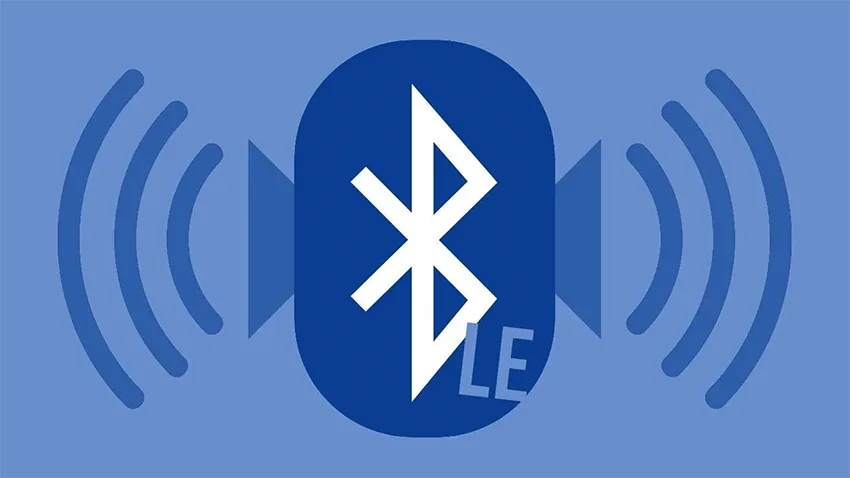
An intelligent, low-power Bluetooth wireless technology is called Bluetooth Low Power. The technique reduces smart gadgets’ size, cost, and complexity, making them increasingly smarter.
The Bluetooth 4.0 core standard first included Bluetooth Low Power, sometimes referred to as Bluetooth Smart. It was a short-range wireless communication technology created by Nokia before being accepted by the Bluetooth Technology Alliance. It was especially targeted for low bandwidth, low cost, low complexity and low power with the initial objective of providing the lowest power wireless solution. The core specification makes these design objectives clear: Bluetooth Low Power‘s goal is to develop into a low-power standard for semiconductor producers and low-cost, valuable applications. A small battery can operate low-power Bluetooth devices for a significant time nowadays.
2. Can location be tracked using Bluetooth?
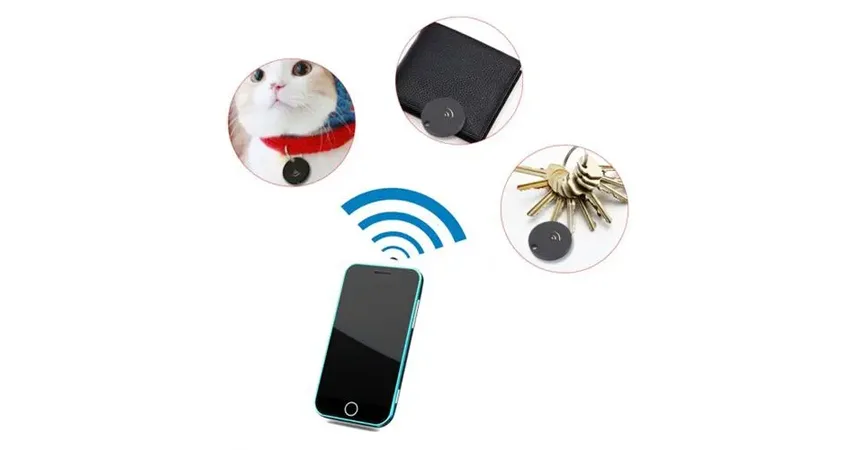
The network side positioning system comprises terminals Bluetooth gateways, Bluetooth beacon nodes, back-end data servers and wireless LAN. The specific positioning process is as follows:
- Place a beacon and a Bluetooth gateway first.
- Beacons and terminal devices—such as mobile phones with SDK software packages—make up the terminal location system. When the terminal reaches the beacon signal coverage region, it may detect the beacon broadcast signal and compute the RSSI value beneath a beacon using the Bluetooth gateway, Wi-Fi network, and the server’s built-in positioning algorithm to determine the terminal’s precise location. The following is the particular placement principle:
- Bluetooth beacons must first be placed nearby.
- Beacons continually transmit signals and packets across the region.
- When the terminal device reaches the beacon signal range, measure its RSSI value in several base stations and then use the positioning algorithm integrated within the mobile phone to determine the precise location. The positioning of user terminals on the terminal side is typically used for indoor navigation and positioning, location marketing, and other user nodes. Moreover, the positioning of user terminals on the network side is typically used for personnel tracking, asset positioning, and passenger flow analysis. The ease of Bluetooth locating is a benefit because positioning accuracy is directly correlated with the Bluetooth beacon’s laying density and transmitting power. And incredibly power-efficient, achieving the goal of power-saving via deep sleep, no connectivity, and a simple protocol.
3. Definition of a Bluetooth gateway
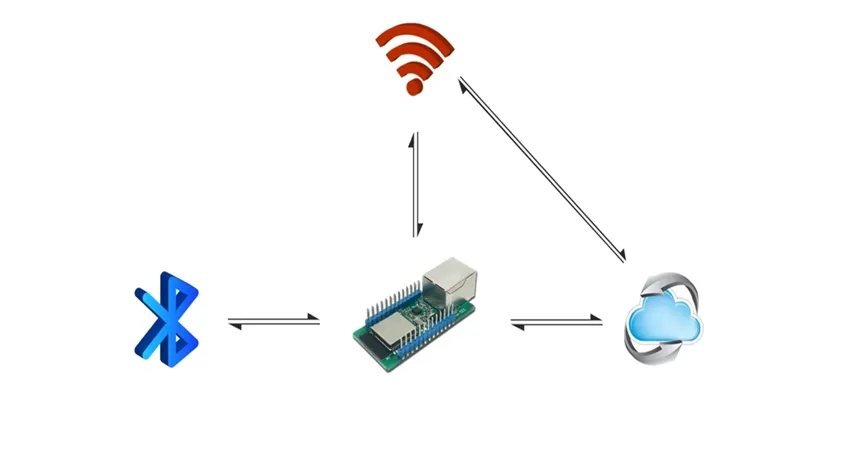
Bluetooth Gateway is a scanning administration device for iBeacon devices. Bluetooth Gateway is a combined Bluetooth and Wi-Fi gateway device that is primarily used for iBeacon device remote cloud administration.
The Bluetooth gateway, which combines Bluetooth and Wi-Fi, scans the device and collects data via the Bluetooth module. The Wi-Fi module contains the scanning data before transferring it to the server across the network. The Bluetooth module precisely scans the iBeacon device within its signal’s coverage area and collects the data of the scanned device. The monitored devices are then uploaded to the server side across the network through the serial port of Bluetooth and Wi-Fi, and the server side displays and maintains these scanned devices.
4. What is a Bluetooth beacon, and how to locate a Bluetooth beacon
A Bluetooth beacon is a wireless electrical gadget that runs on battery power and uses the low-power Bluetooth broadcast protocol. It is typically fixed in a certain location, frequently broadcasts to the neighborhood, and then interacts with terminal devices to exchange information. A Bluetooth beacon may “mark” the location and “send a message.”
As is common knowledge, Bluetooth positioning is typically based on the RSSI (Received Signal Strength Indication) value, which is then used to calculate the positioning of a positioning technology using the corresponding data to determine the distance between the signal point and the receiving point. The Bluetooth beacon’s RF performance, which serves as the Bluetooth positioning signal point, is intimately connected to the positioning outcome. The positioning impact is improved by greater RF performance. Therefore, the location impact will be greatly enhanced by selecting a high-performance Bluetooth beacon.
Bluetooth Beacon An iBeacon-compatible Bluetooth beacon that uses a low-power broadcasting mechanism. It can’t connect to any low-power Bluetooth hosts and is often positioned at a permanent point in the room to broadcast constantly throughout. Every bit of broadcast data is organized in a precise way. Bluetooth beacons with H2 locations are commonly utilized right now.
Advantages:
- BLE offers a high standby duration and low power consumption.
- Uninterrupted broadcast status: A beacon may send information automatically, cover a user’s region, locate the user, and then transmit the appropriate information depending on the position.
- It can work in tandem with the shopping mall’s internal positioning and navigation system to perform indoor positioning tasks like shopping mall navigation and reverse automobile locating.
Disadvantages:
The BLE Bluetooth transmission distance limits the coverage range of a Bluetooth beacon, and information will only be pushed when the user is relatively near to the position of the Bluetooth beacon for a specific distance. The same mobile phone will repeatedly get push notifications if it frequently approaches the Bluetooth beacon’s vicinity.
5. Accuracy of Bluetooth positioning and tracking technology
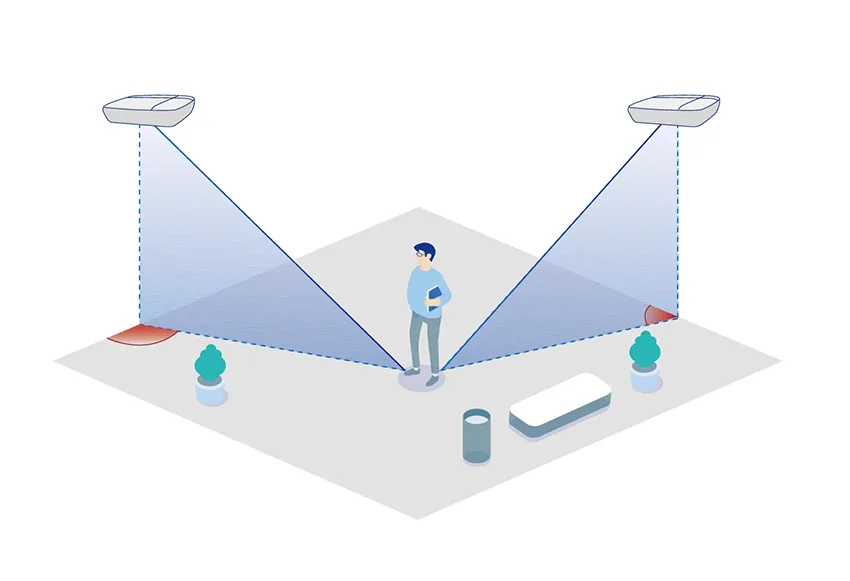
Bluetooth AOA positioning theory, centimeter-level accuracy
The measurement of the electromagnetic wave’s arrival direction underlies AOA (angle-of-arrival), which enables the launch target’s location to be confirmed. Various positioning techniques are used following various antenna array types and algorithms. Both the linear array and the plane array are capable of measuring the incidence angle in stereo space.
Regardless of signal strength, the AOA method only measures signal to wave direction, unaffected by signal intensity, battery level, or antenna direction. It only determines position by angle, using multiple angles to obtain a more precise absolute position, and operates under conditions that fall within the Bluetooth standard specification for new positioning technology.
Bluetooth AOA indoor positioning
- High precision: positioning accuracy reaches sub-meter levels; maximum high precision positioning is 0.3-0.5m, which is on par with UWB in terms of precision;
- Low power use, long battery life: button batteries may last for months to years when employing low power Bluetooth technology;
- Various forms and tiny sizes: Bluetooth tags come in a variety of shapes, may be worn or affixed to things, and their smallest size is smaller than a one yuan coin;
- Low cost: concentrating on limited area scenes, the system cost is much less than the cost of the UWB tag;
- High throughput: Forward AOA single area single base station 1000 tags at 1Hz, Forward AOA multi-area unlimited overall capacity, Reverse AOD channel unlimited overall capacity, Wireless overall capacity;
- Bluetooth 5.1 has good compatibility; it can be used with Bluetooth 5.0 and 4.2, which are compatible with billions of different Bluetooth terminals yearly, to provide exact location service for mobile phones.
6. Bluetooth location tracking application examples
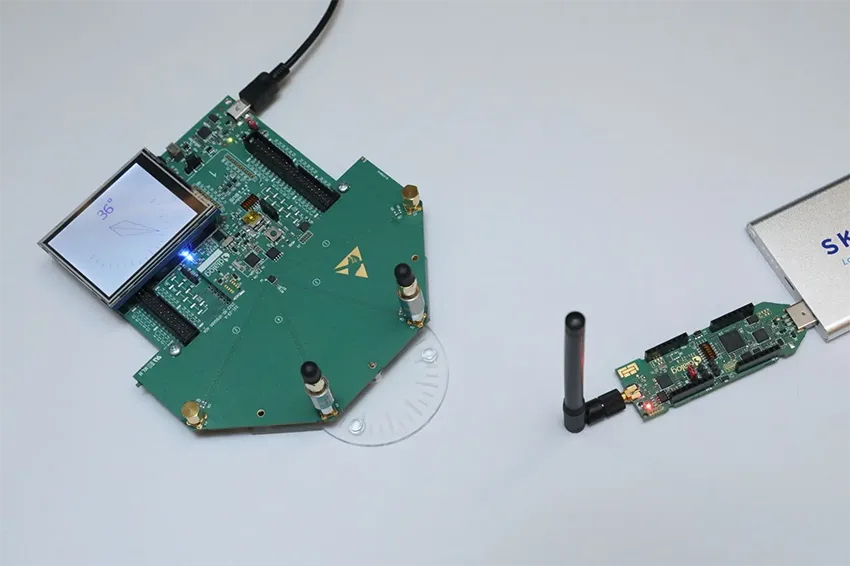
It is very compatible with Bluetooth AOA indoor positioning technology. It may be employed in most interior locations and gather personnel positioning data more thoroughly and easily with the aid of hardware devices such base stations and labels with Bluetooth AOA positioning feature.
Personnel management
Bluetooth AOA indoor positioning for staff placement, daily attendance, time statistics, managing the on-duty/off-duty status, behavior analysis, and other features. Additionally, it may do certain unique tasks in particular locations, such as cautioning people not to approach risky operation zones during warehouse operations and monitoring the staff members’ activity tracks at the site of the bid assessment.
Security management
Bluetooth AOA indoor positioning for staff placement, daily attendance, time statistics, managing the on-duty/off-duty status, behavior analysis, and other features. Additionally, it may do certain unique tasks in particular locations, such as cautioning people not to approach risky operation zones during warehouse operations and monitoring the staff members’ activity tracks at the site of the bid assessment.
















